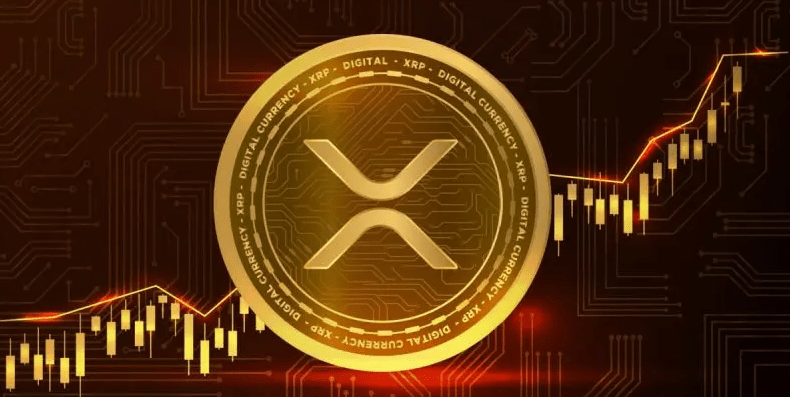 |
Unraveling Blockchain: Understanding the Revolutionary Technology
Blockchain is an innovative technology that serves as the foundation for cryptocurrencies like Bitcoin and Ethereum. At its core, blockchain is a decentralized, distributed digital ledger that securely, transparently, and immutably records transactions. Each record, known as a “block,” contains a set of data, and these blocks are linked together to form a chain. Once a block is added, it is incredibly difficult to modify, ensuring the system’s high security. |
 |
Diving into Layer 2 Blockchain
Blockchain technology has revolutionized the way we record transactions, offering secure and transparent solutions. However, as more people use popular blockchains like Ethereum, they may encounter challenges such as slow transaction speeds and high fees. |
 |
Key Characteristics of Blockchain
Blockchain possesses three critical characteristics. Firstly, Decentralization – shifting control and decision-making from a centralized entity (individual, organization, or group) to a distributed network. Decentralized blockchain networks use transparency to reduce the need for trust among participants and prevent them from exerting authority or control over one another in ways that undermine the network’s function. |
– 20:28 25/05/2025
Proposed Minimum Wage for the Merged Province-City Region
The Ministry of Home Affairs has compiled a list of commune-level areas that will be subject to the new regional minimum wage framework, as outlined in Government Decree No. 74/2024. This follows the recent merger of provincial and communal administrative units, with the ministry delineating four distinct regions for this purpose.
What Additional Skills Do Managers Need to Steer Their Businesses?
In a dynamic global economic landscape, characterized by ever-evolving technological trends and shifting tariff barriers, a transformative mindset is essential for business leaders. To thrive in this challenging era, a strategic and adaptive approach is imperative. The question then becomes: what path should leaders take to navigate these complex waters and drive success?
Unlocking Vietnam’s Economic Potential: Unlocking One Challenge to Unlock 50% of GDP
“The Prime Minister acknowledged the situation as an endemic issue, akin to an illness that needs curing. It is a matter that requires immediate attention and remedy.”
“Proposed Application of Minimum Wage Rates in Six Centrally Governed Cities”
The proposed salary adjustments for Hanoi and Ho Chi Minh City’s communal-level subdivisions are intriguing. Hanoi’s districts are expected to implement minimum wage standards based on Regions I and II, while Ho Chi Minh City’s will apply a more varied range, from Region I to Region III, reflecting the unique socioeconomic landscapes of these vibrant cities.





















